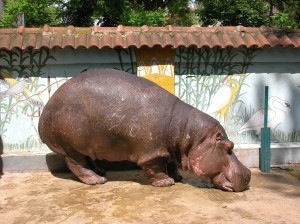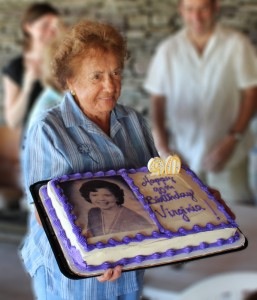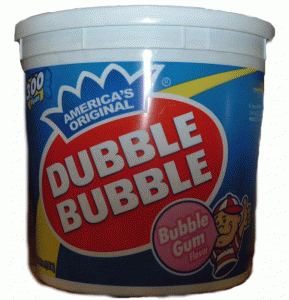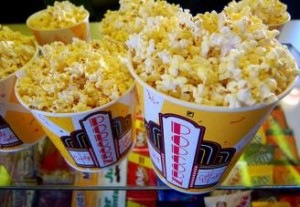It’s the week leading up to Labor Day weekend. Not technically the end of summer, but it sure feels that way.
I don’t know about you, but for me the thought process seems to be: “Oh heck, it’s the last week of summer, the holiday weekend is coming up, all of my family is going to be home, a lot of burgers, ice cream, picnic food – and then it’s nose to the grindstone” (even if it has been nose to the grindstone, as it has been for me, most of the summer).
Holidays And Vacations Often Mean Overeating
It’s the kind of holiday season mentality that starts around Thanksgiving and continues right through New Year’s Day when you swear you’ll never eat another carb again!
Or, it’s the “vacation” mentality, when all of your healthy eating promises become submerged in the deepest recesses of your brain.
Or, it’s the mentality that adds the “freshman 15 . . . or 5 . . . or 10,” the freedom at last, away from home mentality where no food is off limits.
Four Weeks Of Overeating: Changes That Last For Years
Some new research may make you think twice. Amazingly, overeating for just four weeks can cause changes in body fat and weight that last for years. For four weeks people in a study limited their activity to 5,000 steps a day or less (considered a sedentary lifestyle) and increased their caloric intake by 70% (5000+ calories a day). For two years researchers periodically monitored body weight and composition in this group and compared it to another group that did not change its diet or physical activity.
How Much Weight Gain?
The overeater/under-exerciser group gained, on average, 14 pounds. Six months after they were allowed to go back to eating and exercising normally they lost, on average, 71 percent of the gained weight but only one-third of the group members had returned to within one pound of their initial weight.
After one year the overeaters were, on average, 3.3 pounds heavier than before their four week food fest. The normal eaters had no change in body weight.
The overeaters had more body fat and higher LDL (lousy) cholesterol levels one year after their four week binge. After two and a half years, the overeaters averaged a gain of 6.8 pounds from when the study first started, but the normal eaters didn’t show any significant weight gain.
SocialDieter Tip:
Boy oh boy, the effects of gluttony are really hard to get rid of – even when those overeating habits are ditched for a healthy lifestyle. Even short periods of overeating and under-exercising can have lasting effects and make it more difficult to lose weight and keep it off. Keep that in mind around holiday time, vacations, and “let-down-your-hair” times leading up to holidays and vacations. It’ll serve you well for years to come.






